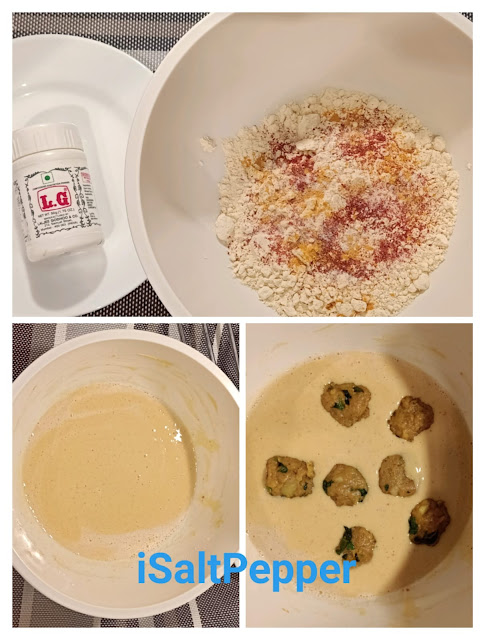 |
| isaltPetter: Indian Kitchen Setup |
In 2001, for the first time, I moved out of India. For my work, I was relocated to a small town on Lake Constanz, on the southern border of Germany. It was an astonishingly beautiful place amidst three beautiful countries Germany, Switzerland, and Austria. Nature was at its best. But the food was a cultural shock. Though I was trying to adapt to the food available there, I was badly missing Indian food. In that small town, there was only one Video Cassete library run by an Indian person, who also use to sell some Indian groceries in the basement of his shop. So, the supply and choice of Indian groceries were limited. That was the time when my adventure of Indian cooking as an inexperienced cook in a foreign country was started. After that, I moved to multiple countries and lived there. But everywhere what I learned is that setting up your kitchen should be the first task wherever you go. And if you have small kids with you then you have to do it asap.
So here are some tips to set up your kitchen quickly. We can say that a kitchen is well equipped if it has all the required utensils and the groceries/ingredients required for cooking. According to me for Indian cooking, the most important utensils are
- A wooden/fiber round board (Polpat in Marathi) for making rotis/chapatis,
- A belan
- A pressure cooker.
Nowadays many people use different types of electric rice cookers. But I like to use a pressure cooker. Using a pressure cooker, we can cook many things at a time. I always bring these three things from India. Also, a set of 2-3 different types of cooking pans is needed, but those are generally available in any rental house. If you are not sure about it, you can find out more about it in advance, whether basic utensils will be available in the house or not.
Required basic groceries include
- Rai
- Jeera
- Turmeric powder
- Chili powder
- Garam masala
- Asafoetida (hing)
- Tea powder
- Toor dal
- Rice
- Wheat flour.
If you can manage to bring these things in a small amount in your luggage then well and good. Otherwise, you will have to make one trip to some Indian grocery shop to start cooking after you arrive in a new country.
Apart from this you also need
- Salt
- Sugar
- Oil
- Fresh Vegetables
which are always available in any grocery shop in any country. With these things in your kitchen, you can start basic cooking. You can enhance it later anytime.
Keeping this small list handy, setting up a kitchen will be easy. What do you think? Let me know in the comments.











